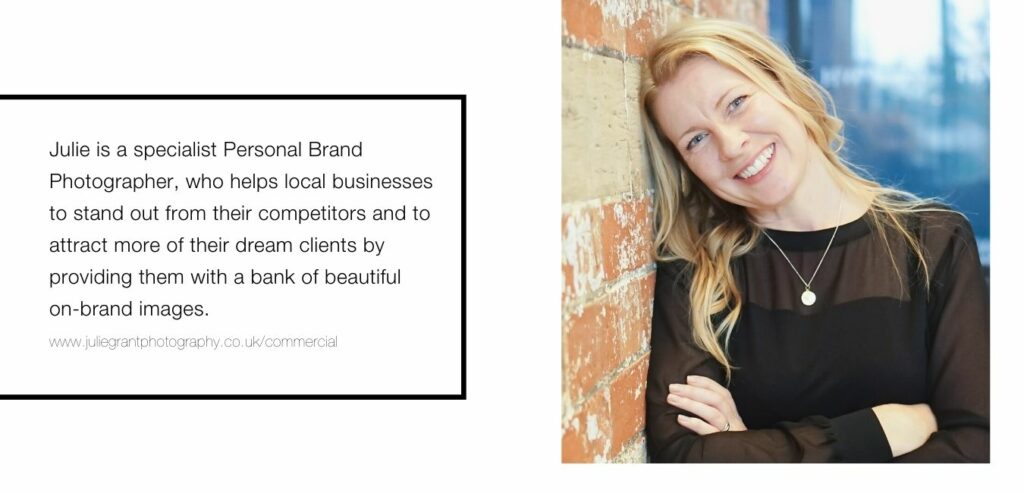
Once upon time, there was a brave warrior princess who decided to start a business. She told lots of stories in her email marketing so her customers would love her and her business was a great success. The end.
Don’t worry, I haven’t lost the plot. I’m just telling you a story. What sprang to mind when you read ‘once upon a time’? Did it feel familiar and maybe a bit comforting? That’s what stories do. They don’t all have to start like a fairytale though. Telling a story is a really effective way to market your business, especially when you use it in your email marketing. Here’s why it works and how you can use it for yourself.
Why storytelling works
When a story comes in a format you recognise it feels comforting. You know what to expect and feel as if you’re in safe hands. A story doesn’t have to be a fairytale. It could sound like a chat you’d have with a friend. The point is, it doesn’t feel as if you’re being sold something. You’re just listening to someone else’s experience. When you use this in your marketing, it builds trust and helps you to connect with your audience. Simple.
When to use it in your email marketing
Storytelling works particularly well in email marketing. You’ve come straight to your reader’s inbox and now you’re going to share a story with them. There are, as you might expect, a few different ways to do this. You could tell one long story and relate it to your business at the end, or you could drop in snippets of story here and there. Here are a few ways that you can start using storytelling in your email marketing.
Nurture sequences
Nurture sequences are those emails that you send to new subscribers. They let new people know what to expect. It’s also your opportunity to introduce yourself. You can use a sequence to show your subscribers who you are and how you help. Let them see the person behind the business and you’ll build trust. You can also share useful stuff, like links to your best blog posts and handy tips.
Case studies
You might not think of a case study as a story, but it is. It starts out with someone facing a challenge, looking for a solution and ending up in a better place than they were before. It’s the real-life equivalent of a hero going on a quest. The only differences are that there aren’t any dragons and the princess saves herself. Case studies are also brilliant because they show your audience that you know what you’re doing and have got results for other people.
Email marketing introductions
If nurture sequences and case studies sound a bit long winded, don’t panic. There are simpler ways to use storytelling in your emails. You can start with your opening paragraph. That bit where you say hello before you share your latest blog post and current offers. You might decide to share your latest business news, but you can also tell a personal story. I work with lots of business owning mums so will often talk about the school holidays or something funny my kids have said. It’s a small thing that reminds my readers that we’re all dealing with the same stuff.
Do you want to start using storytelling in your marketing? I can help with that. Click here to book a chat with me and find out more about your options.











